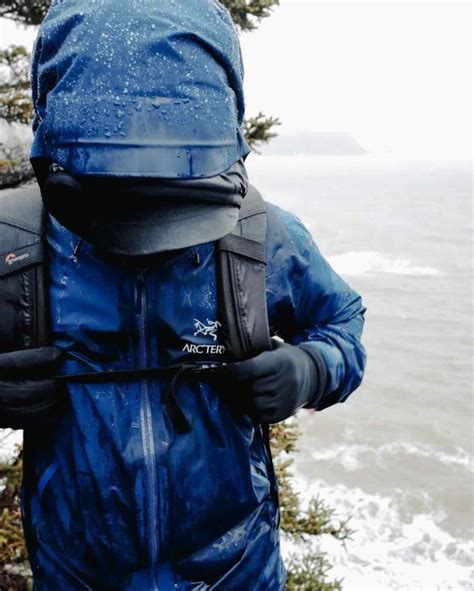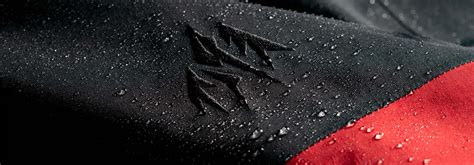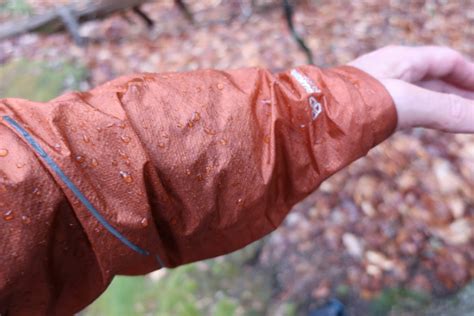Revitalizing Your Rain Jacket’s DWR for Peak Performance
Your rain jacket is an essential piece of gear, designed to keep you dry in adverse weather. However, over time and with use, the Durable Water Repellent (DWR) coating on its outer fabric can degrade, leading to “wetting out” – where water no longer beads up and runs off, but instead soaks into the fabric surface. This not only makes your jacket feel heavier and colder but also compromises its breathability. The good news is that restoring your jacket’s DWR is a straightforward process that can significantly extend its life and performance.
Understanding DWR and Its Failure
DWR is a polymeric coating applied to the outer fabric of waterproof-breathable garments. Its job is to reduce the surface tension of the fabric, causing water to bead up and roll off. When DWR fails, usually due to dirt, body oils, detergents, or abrasion, the fabric’s surface tension increases, allowing water to spread out and saturate the outer layer. This “wetting out” makes the jacket feel damp and can lead to internal condensation, often mistaken for leaks.

Step 1: The Essential Cleanse – Preparing Your Jacket
Before you even think about applying new DWR, a thorough cleaning is paramount. Often, the existing DWR isn’t completely gone; it’s just masked by dirt and oils. Using a standard household detergent can actually strip DWR and leave residues that attract water. Instead, use a technical cleaner specifically designed for waterproof breathable fabrics.
- Choose a Tech Wash: Products like Nikwax Tech Wash or Grangers Performance Wash are formulated to clean without damaging DWR or leaving residues.
- Machine Wash: Zip all zippers, close all flaps, and loosen all drawcords. Wash the jacket in your washing machine on a gentle cycle with warm water. Avoid fabric softeners, bleach, or stain removers. You may need to run an extra rinse cycle to ensure all detergent residue is removed.
- Hand Wash (Optional): For heavily soiled areas or delicate garments, a hand wash can be effective.

Step 2: Re-applying DWR – Wash-in vs. Spray-on Treatments
Once your jacket is clean, it’s time to re-apply the DWR. There are two primary methods:
Wash-in Treatments
Wash-in treatments (e.g., Nikwax TX.Direct Wash-In) are added to your washing machine during a rinse cycle. They coat all surfaces of the garment, including the lining, which can be beneficial for some garments but may affect the wicking properties of internal layers on others. Follow the product’s instructions carefully regarding dosage and wash cycle.
Spray-on Treatments
Spray-on treatments (e.g., Grangers Performance Repel Spray, Nikwax TX.Direct Spray-On) are applied to the exterior of a clean, wet, or damp jacket. These allow for more precise application, targeting only the outer fabric. This is often preferred for 2.5-layer or 3-layer jackets where you want to maintain the inner lining’s wicking ability. Hang your jacket on a hanger and spray evenly, ensuring full coverage, then wipe off any excess with a damp cloth.

Step 3: Heat Activation – The Crucial Step
Many DWR treatments, especially those containing fluorocarbons (PFCs) or newer PFC-free alternatives, require heat to activate and bond properly with the fabric. Skipping this step can lead to poor performance and durability of the new DWR layer.
- Tumble Dry: The easiest and most common method. Tumble dry your jacket on a low to medium heat setting for 20-30 minutes. Be sure to check your jacket’s care label for specific temperature recommendations to avoid damaging the fabric or laminated membrane.
- Ironing: If tumble drying isn’t an option or you want more control, you can iron the jacket on a low, synthetic setting without steam. Place a towel between the iron and the jacket to protect the fabric.

Maintenance Tips to Prolong DWR Life
- Regular Cleaning: Clean your jacket frequently with a technical wash to prevent dirt and oils from building up and compromising the DWR.
- Avoid Harsh Detergents: Steer clear of conventional laundry detergents, fabric softeners, and bleach.
- Spot Clean: Address small stains promptly with a damp cloth and mild soap (if necessary) to avoid full washes.
- Storage: Store your jacket in a clean, dry place away from direct sunlight.
When to Consider Replacement
While DWR can be reapplied multiple times, it’s important to remember that DWR is a surface treatment. If your jacket is “leaking” even after proper DWR reapplication and cleaning, the issue might be internal. Delamination of the waterproof membrane, torn seams, or damaged zippers are signs that your jacket may be beyond simple DWR restoration and could require professional repair or replacement.

Conclusion
Re-waterproofing your rain jacket’s DWR is a simple, cost-effective way to maintain its performance and extend its lifespan. By following the steps of thorough cleaning, careful DWR reapplication, and crucial heat activation, you can ensure your gear continues to shed water effectively, keeping you dry and comfortable on all your adventures. Don’t let a “wetting out” jacket keep you indoors – give it the care it deserves!




